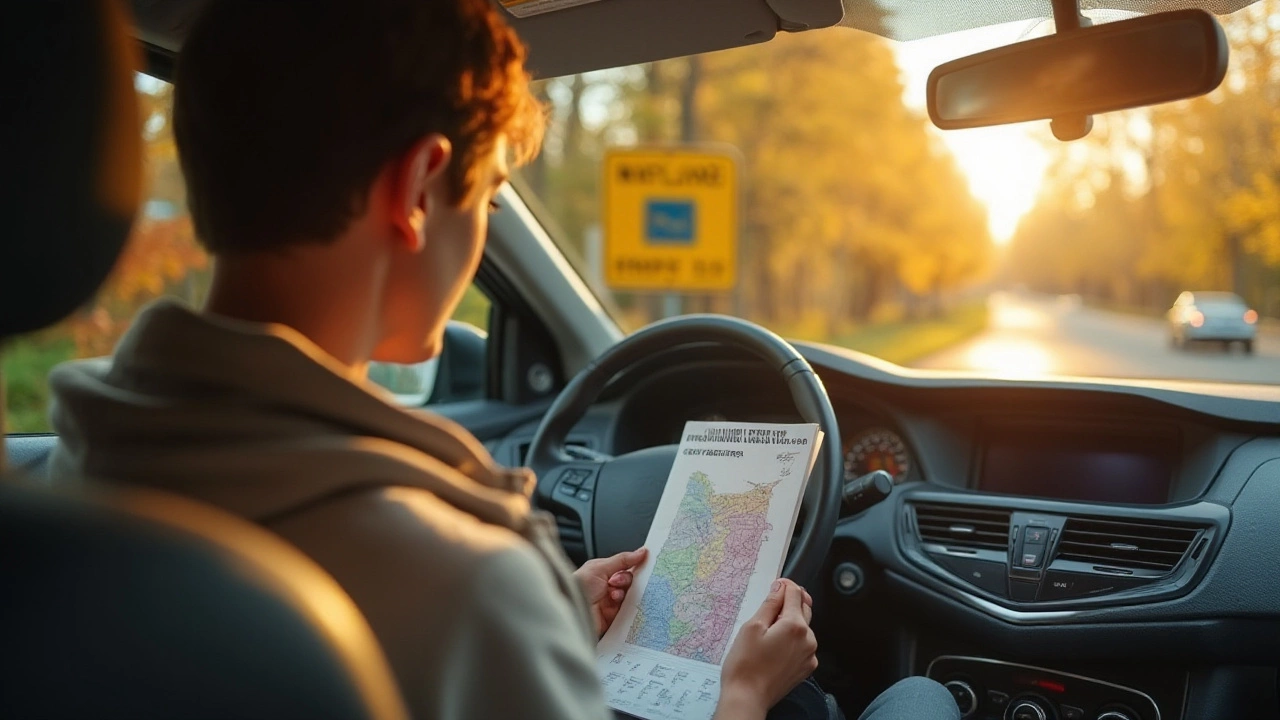Young Drivers: Essential Tips and Test Advice
Just turned 18 and ready to hit the road? It can feel exciting and scary at the same time. Below you’ll find straight‑forward tips that help you calm nerves, plan your test and drive safely every day.
Handling Test Nerves and Anxiety
Most new drivers feel a knot in their stomach before the practical exam. The good news is you can lower that anxiety with a few simple steps. First, practise deep breaths: inhale for four counts, hold for two, exhale for six. Do this a few minutes before you walk into the test centre.
What you eat matters too. A light snack with protein and complex carbs – think a banana with peanut butter or yoghurt with oats – keeps blood sugar steady and helps you focus. Avoid heavy meals or too much caffeine, which can make you jittery.
If you notice your heart racing, a short walk around the car park can reset your mind. Move your legs, shake out your arms, then sit back down and visualise a smooth drive. Picture each manoeuvre going well – that mental rehearsal works as well as any study guide.
In some cases, medication can help, but only under a doctor’s advice. Many drivers find natural options like valerian tea or magnesium supplements work better for everyday stress without side effects.
Practical Test Strategies and Scheduling
When you book your test, think about the time of day. Mid‑morning slots usually have lighter traffic and better lighting, giving you a calmer environment. Late‑afternoon can be rush‑hour chaos, which may add pressure.
Know the common pitfalls that cause fails. Missing a mirror check, not signalling, and rolling into a stop too fast are the top three errors. Before each manoeuvre, do a quick checklist: mirrors, signals, speed, position. This habit shows the examiner you’re in control.
Lesson length also matters. Most learners benefit from 45‑minute sessions that focus on one skill at a time. Short, frequent lessons keep information fresh and let you build confidence step by step.
Finally, treat every practice drive like a mini‑test. Ask a friend to act as the examiner, time your stops, and record any faults. Reviewing these notes lets you target weak spots before the real day.
Driving is a skill you improve with each kilometre. By managing anxiety, fueling right, picking a smart test slot and keeping a simple checklist, you’ll feel more prepared and far less nervous. Remember, the goal isn’t just to pass the test – it’s to become a safe, confident driver for life.
- November 23 2025
- 0 Comments
- Rowan Cavendish
What Age Is Best at Driving? The Real Data Behind Skill, Safety, and Experience
There's no single best age to drive-safety comes from experience, not years. Young drivers crash more due to inexperience, while older drivers face physical decline. The real key? Practice, awareness, and continuous learning.
- December 31 2024
- 0 Comments
- Rowan Cavendish
Driving Alone with a Provisional License in Maryland: What You Need to Know
In Maryland, holding a provisional license comes with certain restrictions, especially when it comes to driving alone. Understanding these rules is crucial for young drivers. This article provides detailed insights into whether you can drive alone with a provisional license in Maryland, the limitations involved, and tips for navigating these regulations safely. Explore the requirements and restrictions of Maryland's provisional license to ensure compliance while steering towards a full driving privilege.
- Driving Lessons (41)
- HGV Training (31)
- Driving Test Tips (31)
- Driving Test Booking (26)
- Driving Licence Renewal (23)
- Driving Theory Test (21)
- Pass Plus Course (15)
- Driving Tips (15)
- Intensive Driving Course (15)
- Driver Licensing (14)
Categories
- December 2025 (12)
- November 2025 (13)
- October 2025 (21)
- September 2025 (5)
- August 2025 (8)
- July 2025 (30)
- June 2025 (30)
- May 2025 (30)
- April 2025 (31)
- March 2025 (30)
- February 2025 (28)
- January 2025 (34)
Archives
- driving lessons
- driving test
- driving tips
- intensive driving course
- driving test tips
- HGV training
- learn to drive
- driving theory test
- driver training
- driving test booking
- pass driving test
- HGV driving
- road safety
- driving license renewal
- Virginia driving test
- learner drivers
- safe driving
- Virginia driver's license
- driving license
- learning to drive


